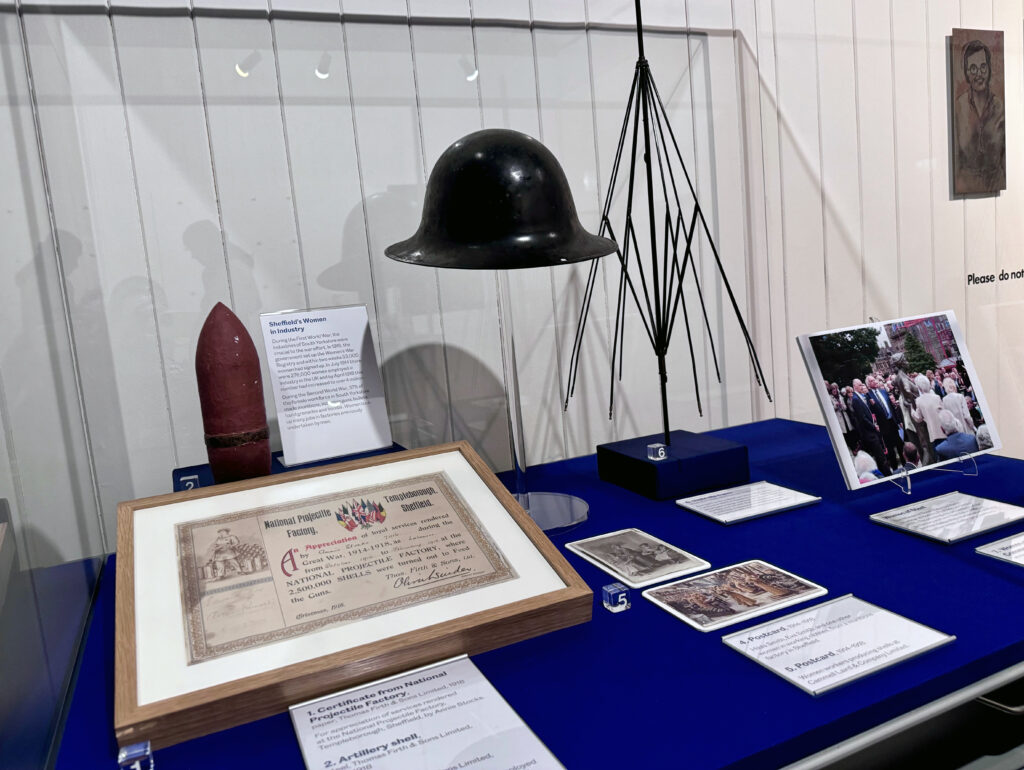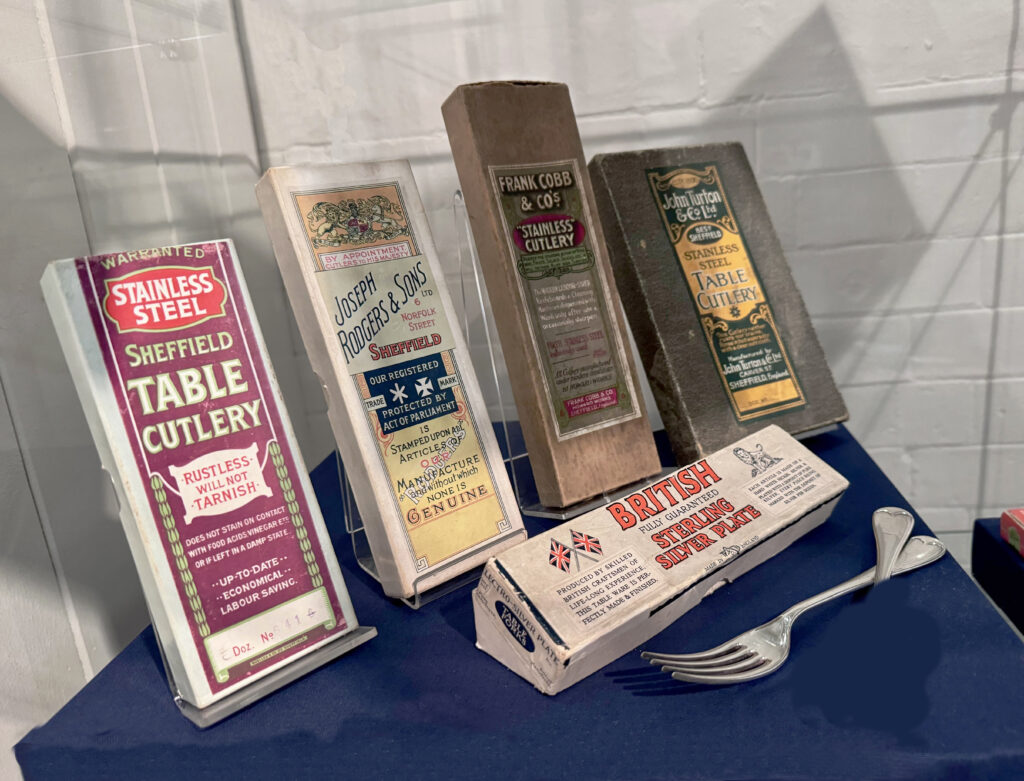Enjoy this article?
Most Museums Journal content is only available to members. Join the MA to get full access to the latest thinking and trends from across the sector, case studies and best practice advice.
The ways in which Britain’s industrial development and legacy is told in museums has been changing a lot in recent years. Co-production and decolonisation are terms that have become familiar to us all in the sector. These are approaches that are constantly evolving as they are applied to new collections and contexts.
To see approaches such as these applied to an industrial museum is interesting, particularly one as significant as Kelham Island Museum, one of the most loved industrial museums in Yorkshire and a staple part of family life in Sheffield.
Housed on the site of a 19th-century iron foundry, it is in an area of the city that is typical of post-industrial gentrification. The short walk to the museum from Shalesmoor tram stop takes you past Victorian factory buildings converted into flats and bars, alongside newly built social housing.
The refreshed displays at Kelham Island are the starting point of three years of change in the museum team’s approach to developing the galleries.
Grant funding has created an opportunity to improve the display cases
and infrastructure, and enabled the team to employ a community curator to work with the public in bringing new perspectives to the interpretation. Some 60 new objects have been put on display so far, curated from the existing collection and on loan from the community.
The museum has also held pop-up events, both on site and across the city. These have been an opportunity to engage with the public to gather new perspectives about the collection and borrow objects from people with new stories to tell.
This first phase has resulted in new displays that focus on three areas: the city’s role in the former British empire; the role of women in industry; and personal stories from the public.
Sheffield’s place in the former British empire is a clear story to tell. The steel industry employed thousands of people in manufacturing tools and cutlery that were transported all over the empire.
This included to colonies in the Caribbean, the southern US and elsewhere where they were used by enslaved people on plantations. Members of the public at the community events that the museum ran during the development phase suggested that the museum should display a world map to illustrate where the raw materials for the steel industry came from and where the products were exported. Beautifully crafted examples of these products are displayed alongside this global context.

Among the most impactful objects on display are products made in Sheffield for the Great Exhibition of 1851. A beautiful, ornate cast-iron fireplace is shown alongside a huge industrial steel file, which has been engraved to demonstrate the main stages in its production process.
Objects such as this formed part of the Great Exhibition’s purpose, which was to demonstrate the innovation and power of British industry. They eloquently show the self-image that Britain developed through empire.
Simple changes in interpretation such as these, developed in partnership with the public, form a solid starting point for exploring the empire’s enduring legacy in British life.
There is much to be said about the contribution women have made to Sheffield’s industry. The museum tells the story of Buffer Girls, whose job it was to polish metal objects at the last stage of production.
It was a notoriously dirty job, so workers would wear headscarves and paper aprons to protect their clothes. Burnishing tools used in this job have been donated by one local woman.
The contribution of Sheffield women working in the steel industry during the first and second world wars was commemorated in the city with a statue in 2016.
Commemorative tokens were given to surviving women and their families. One of these is on display here, alongside a late 19th-century copy of the Sheffield Directory, a catalogue of freelance steel workers listed with their addresses. Many of the names are of women.
Subtle interventions in the displays invite contributions from the public. On the day I went, visitors were lingering here with stories to tell of their own. A space has been made for these to be shared with the museum. This is another simple mechanism that adds to the strategy of inviting visitors to contribute to the museum’s work.
This approach is most evident in the final part of the new displays, which show objects that have been collected from the public, bringing rich stories of their own lives in the metalworking industry.
For instance, Trevor Cox, a former service engineer, has lent his safety helmet and glasses from his work in steel plants. The glasses saved his eye during an incident in the works. This is displayed close to a glass eye that had been used by a Victorian worker whose own experience had not been so lucky.

Berry McKoy, another highlighted worker, was born in Jamaica and came to Sheffield in 1955, eventually working at Tinsley Wire Industries. His photograph is here, alongside examples of the products that he made. These simple interventions give a new connection to the stories that surround you in the museum.
These stories are the most powerful section of the new displays. I was keen to read these people’s memories in their own words rather than as a museum label, and I suspect the museum will continue gathering more stories from the public along the way.
It is heartening to see these approaches being applied to a museum such as this, a place with such strong roots in the life of its community.
Industrial museums are often the most comfortable museum experiences for the public, without the perceived class barriers that stop so many people from visiting traditional civic museums and galleries.
The team at Kelham Island are not reinventing the wheel with this work. They are embedding subtle and sustainable ways to include the voice of the public in their interpretation.
In taking a long-term and progressive approach, they are giving themselves the space to refine their methods along the way, all while developing new relationships with the wider community. This is a clear step forward – there’s nothing stopping us all from doing it.
Simon Brown is a curator for Newstead Abbey, Nottingham, and relationship manager, museums accreditation for Arts Council England
Most Museums Journal content is only available to members. Join the MA to get full access to the latest thinking and trends from across the sector, case studies and best practice advice.